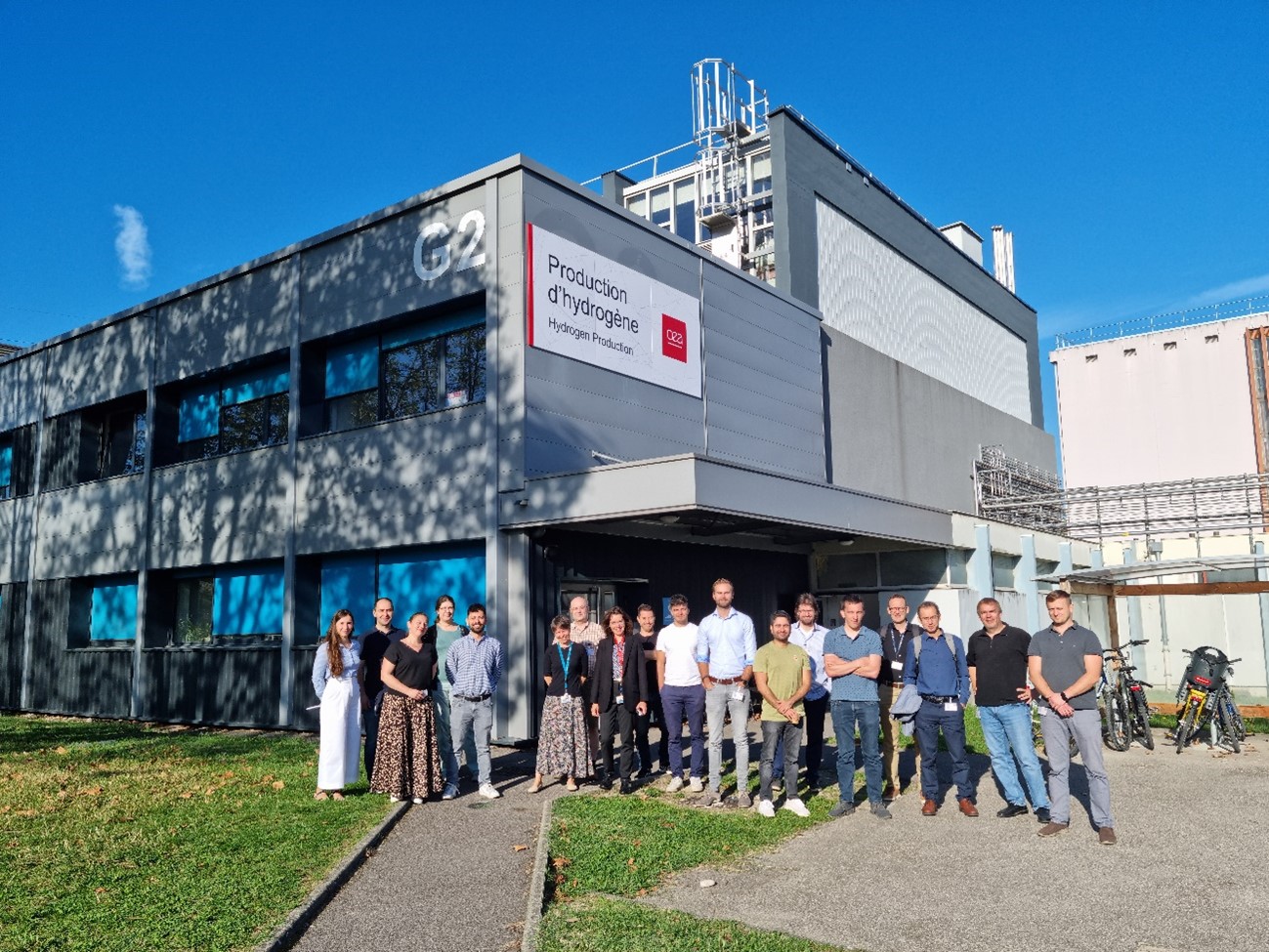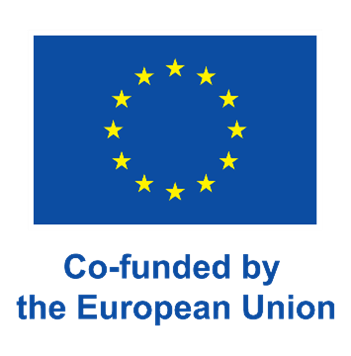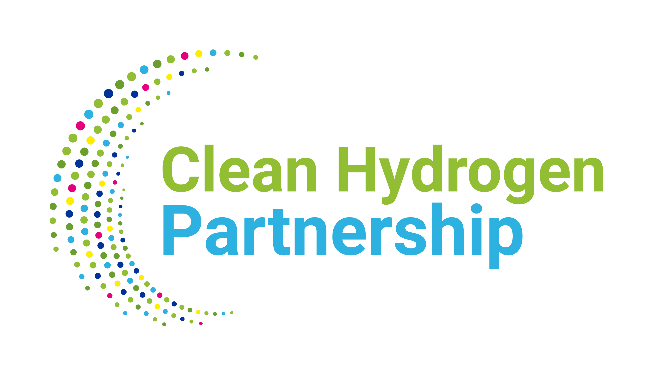

PressHyous: producing hydrogen under pressure through high-temperature electrolysis
10-12-2023
 To decarbonise, heavy industries such as steel, chemicals and power generation need large amounts of green hydrogen in their processes. One of the possible technologies is solid oxide electrolysis (SOE), a high-temperature electrolysis.
To decarbonise, heavy industries such as steel, chemicals and power generation need large amounts of green hydrogen in their processes. One of the possible technologies is solid oxide electrolysis (SOE), a high-temperature electrolysis.
Compared to low temperature water electrolysis, the high temperature makes it more efficient. In addition, producing hydrogen at elevated pressure at stack level could improve system efficiency by limiting compression losses using a mechanical compressor. The aim of the three-year European project PressHyous, to which TNO will make a major contribution through the VoltaChem programme, is to develop technology for the production of pressurised hydrogen at stack level.
The project is coordinated by the French research institute CEA and funded by the Clean Hydrogen Partnership, which brings together the European Commission, the hydrogen industry and research institutions. The PressHyous consortium consists of CEA (France), VTT (Finland), EPFL (Switzerland), HES-SO (Switzerland), TNO and electrolysis manufacturers such as HyGear (Netherlands), Elcogen (Estonia) and GENVIA (France).
Leading the way with innovative SOE technology
"In the PressHyous project, the consortium is working on two technologies. One is the ability to produce hydrogen under pressure and at low cost in an electrolyser with a stack in a pressure vessel up to 30 bar. We are working on another variant. Within TNO VoltaChem we are a pioneer with an innovative SOE technology that we have developed that also produces green hydrogen under high pressure, but in a stack without the use of a pressure vessel. It has been proven in our laboratory, but we still have to overcome a number of obstacles before we can implement the technology on a large scale," says TNO VoltaChem project manager Cahit Benel.
Lower costs
According to Cahit, this stack concept will make a difference in the cost of the so-called 'balance of plant', the set of components that determine the optimal operation of an electrolyser. The TRL level of the technology developed and tested in the TNO laboratory is now 2 to 3. It should be at least 4 to 5 in two or three years. It will then be up to industry, in cooperation with TNO, to make it operational on a large scale. "Hence the close cooperation with the companies in the consortium that will ultimately use this technology. The electrolyser industry must continue to reduce costs in order to make clean hydrogen possible on a large scale.
Making green hydrogen attractive
Currently, the industry is mainly working with standard technologies such as Steam Methane Reforming (SMR), which is based on fossil sources and emits CO2. New technologies, such as those developed in the VoltaChem programme, are not yet operational and costs need to be reduced. These are currently the main barriers for the industry to move from grey to green hydrogen production. But the interest is there. We have been working for some time with companies in the consortium such as HyGear, Elcogen and GENVIA to optimise the performance of the electrolysers. Cahit Benel: "We are working with both electrolyser manufacturers and component suppliers to develop use cases that we can test in the field. This should make it attractive for end users in heavy industry to use green hydrogen in their production processes.
From 3 to 10 bar
One of the challenges for the consortium is to increase the pressure. The technology is currently proven to work up to 3 bar. VoltaChem's experts want to increase this to 10 bar and demonstrate this operationally. One challenge is the pressure difference between the inside and outside of the stack, and between the hydrogen and oxygen parts. The material used for the solid oxide is relatively fragile, so the risk of leaks must be avoided.
Various European projects
Through the VoltaChem programme, TNO is a partner in other projects to produce green hydrogen by electrolysis and to make it technically feasible, economically attractive and, where possible, scalable. For example, the four-year European project OUTFOX started in early 2023. This is also a collaboration between research institutions and industry with the aim of accelerating the development of SOE technology and achieving large-scale industrial application. It brings together expertise in electrolyser cells, stacks and modules. The CLEANHYPRO project is another example of companies and knowledge institutions joining forces. With 28 partners, this is the largest European project on electrolysers. TNO VoltaChem is providing expertise in characterisation methods and spatial atomic layer deposition (sALD). There will also be a platform where manufacturers can develop, test and improve their products.
Contributing to European goals
Cahit Benel: "Within TNO's VoltaChem programme, with the Faraday Lab in Petten as our flagship, we focus on the common electrolysis technologies: Proton Exchange Membrane (PEM), Solid Oxide Electrolysis (SOE), Anion Exchange Membrane (AEM) and Alkaline Water Electrolysis (AWE) with academic and industrial partners in the Netherlands and abroad. All projects are aimed at optimising the technologies, electrolysers, materials, components and processes used, making them cheaper, faster and more scalable. In this way, we contribute to the European goal of doubling the production of green hydrogen using electrolysis in the foreseeable future.”
This project is funded by the Clean Hydrogen Partnership.


Share this page: